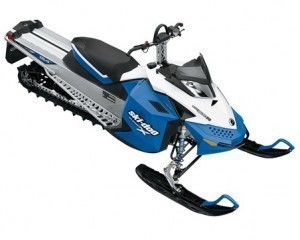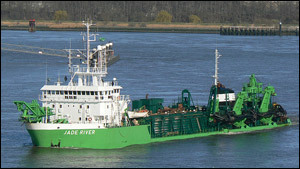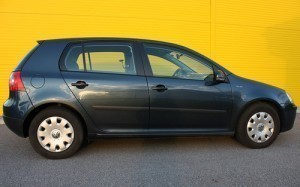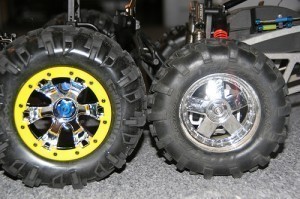Sizes of Jumper Cables
Jumper cable lengths differ, but most of them are at least 10 feet long. Other cables can be much longer however. The quality differs as well, with some extra strong and made for heavy duty use.
Overview
These cables allow electrical power to move to and fro different batteries. The purpose of the car battery is to charge up the motor when the ignition is turned on. When the vehicle starts, the alternator takes over the vehicle’s electrical requirements. This includes battery recharging.
If the battery power becomes insufficient to switch the motor on, a second battery will have to be used. This is where the various jumper cable lengths come into play. It allows for battery jumping.
Characteristics
These cables are heavy gauge, insulated wire. They are fitted with spring-loaded alligator clips at the ends. Two of the clips’ ends have “positive” marks. These are made up of plus marks and red insulation.
The other two ends have negative and black insulation marks. The positive marks on the cable have to be linked to the batteries’ positive terminal. The negative ends can only be attached to the engine’s grounded area.
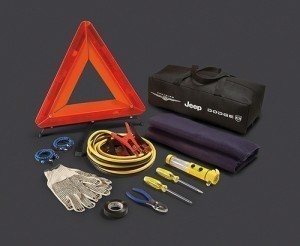 Proper Usage
Proper Usage
To avoid cable problems, the batteries have to be near each other. This involves moving the other vehicle side by side or end to end with the vehicle holding the dead battery.
Whatever the lengths are, the clamps have to be set tightly at the posts. This is to ensure the connection is proper. When the batteries are in position, you can hook up the jumper on the cars.
What the cable does is pull power from a battery and provide it to another one. What the driver does is put the positive clamp on the “good” battery’s positive post.
The matching clamp has to be connected to the “bad” battery. The cable’s negative clamp that is at similar ends as the first positive will be connected to the “good” battery’s negative post.
The final negative clamp will be hooked up to a metal linked to the engine block. This has to be some distance from the battery so sparks are avoided. Once everything is in place, the “good” vehicle can be started up and recharging can take place.
No matter what the jumper cable lengths are, the basic process described above is followed. Just make sure that the positive and negative connections are correct. If they are followed, problems can be avoided.

